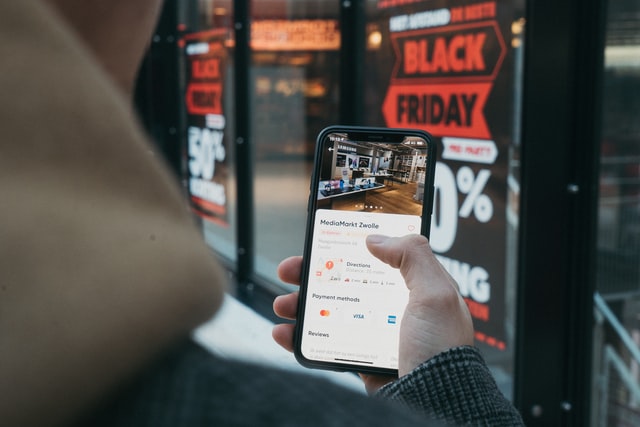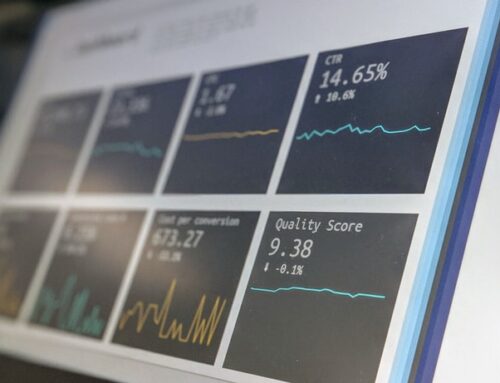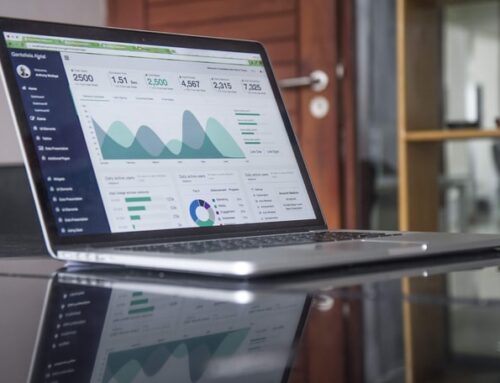
7 Major Trends That Define the Future of eCommerce
Author : Hardeep Singh
June 7, 2025
Most eCommerce firms crushed their crystal balls and threw out demand forecasts in February of 2020 since the world was turning out to be unlike anything we’d seen previously.
That vulnerability exists, but we can now use it to explore instances and make some assumptions for 2022. However, have a grain of salt on hand ready because no one knows what the year may bring.
To help with planning, we’ve compiled a list of seven expectations for 2022 eCommerce and how they will affect large and small firms. These are dependent on elements that should fortify your store and breakpoint interruption while establishing better customer relationships.
Because the economy and your clients are still evolving, we should look at what the primary thrusts of progress have taught us.
1. Greater social integration
Online business advertising will often target broader deals and social directions, with an emphasis on simple entrance for its progress. Instagram’s shoppable posts and stories, for example, allowed customers to browse fast and were a huge success. They triggered a Shops programme, which appeared during the COVID emergency. These tools have aided firms in improving their total eCommerce capabilities and capturing the attention of a captivated audience.
As 2022 came to a close, other social media also made strides. Shopify’s collaboration with TikTok is one strategy that is gaining traction among companies and customers, as promotions may appear in a customer’s feed and are designed similarly to the other content they consume.
TikTok’s mobile focus made it a place to search for social eCommerce. Versatile was a typical manner in that commitment increased. Organisations will need to assess which channels their audience uses, but they should aspire to shift some of their more traditional promotion expenditures to social shopping and novel combinations of sales channels and social applications.
2. Customers want you to get out of the way
A significant increase in digital self-service tools was a feature of the 2022 landscape. Because of the requirement to remain distant, human-powered chatbots and phone service tools have also developed. Previously, the average client preferred these options, but now, according to McKinsey, more than 75% of buyers prefer them.
The same study found that the preference extends to both B2B and B2C clients, with only 20% of B2B customers requiring face-to-face transactions. That goes against many practices in the field and demonstrates the importance of connection building on sites and through delighted customers. Client preferences will keep communications digital in the future.
The eCommerce main point is that you actually want to allow customers paths to browse and study, gathering the information they need to pursue a purchase decision with little interference. Because the deals venture is now self-sufficient, the majority of human communication touchpoints should be led by customers. Clicking to contact or access a chatbot, tweeting for services, or scheduling a video meeting/demo should all be possible.
According to the survey, buyers and dealers estimate that these examples will continue until about 2025, giving you plenty of opportunities to test and improve the ventures that your clients enjoy.
3. Niche markets become a bigger play
In 2022, the eCommerce explosion was first controlled by the most advanced commercial hubs in the world. For example, Amazon reported its highest-ever benefits, and it is realistic to expect that number to be blown away again in the future.
In any event, Amazon’s advantages, as well as those of its organiser and CEO, have sparked considerable debate about how buyers should spend their money. Little networks are looking elsewhere due to the organisation’s handling of labourers, deferrals, and greater examination of its strategic methods. Bookstores have become a popular place for people to spend their money, and niche stores that avoid the behemoths may be more appealing to customers who want to support their local community and smaller businesses.
We’ve seen it in the promoting and offers for smaller eCommerce firms, as well as, shockingly, in certain B2B circles. There is a desire to seem more neighbourhood and centre. For the vendor, having a presence on this more limited scale also provides greater versatility in responding to consumer needs. It can expose vital entryways, especially if you let your crowd push the defence.
What eCommerce firms should look out for in 2022 is how successfully their competitors can capture specialist areas and what can or cannot be mimicked. For example, the Capitol Hill Books bookstore in Washington, D.C. sought to replicate certain competitors’ limiting purchasing options, but it had mixed success. Then, during the COVID-19 outbreak, a single email from a client turned into one of its most effective sales tools.
4. Voice will prioritise better buying
Voice interactions on devices with and without displays are rapidly developing as a result of individual colleagues like Siri and Alexa. You’ve certainly seen voice search and purchase as a trend to look for for a few years, and we’d agree that the sector has been expanding in exciting ways for eCommerce.
Regardless, 2022 showed that it is an expected force to be reckoned with for eCommerce since consumers are willing to purchase via voice.
Many smaller eCommerce firms are unaware of these search gadgets and typically rely on Google for search queries. To a limited extent, this should direct promoting and site upgrade efforts. It will require more time and emphasis, but ensuring that your content is correct on Google may help you handle some more eCommerce sales.
5. Dynamic pricing will see a thorough test of data
During the pandemic, dynamic pricing increased, and it is usual to continue as per companies having information about it, such as 3dcart. This comes with a lot of earning possibilities and customer loyalty. Simultaneously, there is a significant risk if customers perceive you to be price gouging or encounter significant cost increases during the purchasing process.
In 2022, eCommerce brands are expected to conduct more competitor analysis, highlighting expenses and potential yield adjustments on a constant basis. The ability to capture this information and other shopper data will make it easier to build “price intelligence,” allowing businesses to increase revenue while reducing risks and cannibalization.
The supply and demand market will continue to grow. This opens up the possibility of testing more strong estimating models and systems, and manufacturers of valuable knowledge things are likely to begin giving more information and gadgets. Retailers should concentrate on measurement following and hypotheses, such as how competitors modify improvements that might push anything below a marketed cost.
Clients are also completing dynamic pricing work. Program extensions — such as Honey, Amazon Assistant, and Invisible Hand — to compare prices across locations, apply coupons, and even track your spending over time. The facts available to buyer tools will highlight their shopping and extreme seller selection.
If you anticipate adjusting prices regularly, note that your 2022 consumers will probably recognise what you’re doing and may recompense or reject you based on how good of a deal you give versus assuming they think you’re being too greedy.
6. Customers will want more shipping information and touches
Beginning with 2019 statistics, eCommerce companies observed an increase in clients requiring additional options and information on their transportation capacity. Customers are required to notice various evaluating and speed determinations during the checkout cycle, as well as gauges when buying. Joining truck devices allowed many to estimate costs, but keep in mind that final decisions are based on client PIN/ZIP codes.
Online company brands will need to figure out how to deliver data and automate these processes while still giving free and rapid options. They are learning about your specific industry components in addition to broader classes. Customers who purchase high-end or sensitive things expect a premium unpacking experience that includes designated transportation and bonuses. If you’re concentrating on clientele who care about their health and the environment, be prepared to answer questions about your transportation abilities.
Free transportation is no longer the primary need for companies if they want to be perceived as innovative and provide the most persuasive satisfaction options.
7. Quick decision-making may be a permanent feature
The client’s dynamic involvement drives several things we’ve considered for 2022. Buyers are becoming more knowledgeable and want you to provide various data and options while also meeting them where they want to buy and play. When they have decided that your business is where they will spend their money, shopping should be straightforward and effective when selecting the things, transferring them, and acquiring the various refinements they require.
Your customers are in command. That also suggests they’re free to transfer to another lane at any time, and the surge in eCommerce options merely makes that easier. A break in the business trip is unlikely to be something they deal with on their own. Online business enterprises should oversee assumptions and test several times to ensure that everything works and that information on discounts, refunds, transportation, promotions, and more are always available.
Conclusion
Because of the epidemic, eCommerce trends advanced at an indisputably rapid pace in 2022. Furthermore, the developments we’ve documented here will very definitely continue to be necessary till after 2025. Prepare to pounce on them right away and implement critical enhancements to maintain your eCommerce business competitively. There is less of a worthwhile opportunity to stand by, and if you don’t really consider altering a few of these trends, you’ll soon find yourself struggling to stay up.
If you wish to get a free consultation for your eCommerce business and how you can grow it exponentially, please feel free to get in touch with us anytime. Our team can help you to accelerate your business growth by outsourcing all your IT requirements to us.












